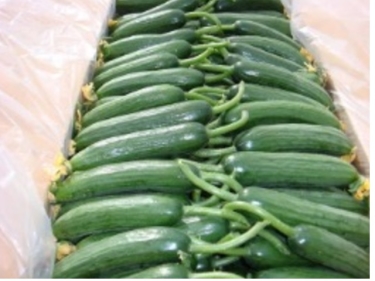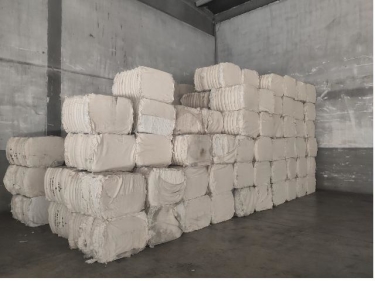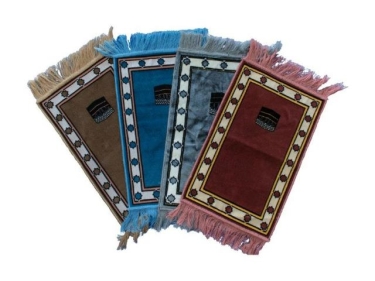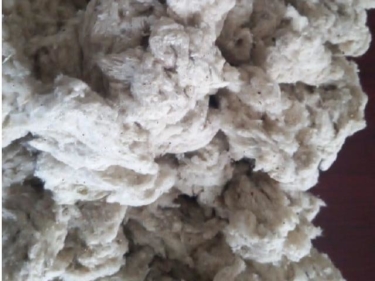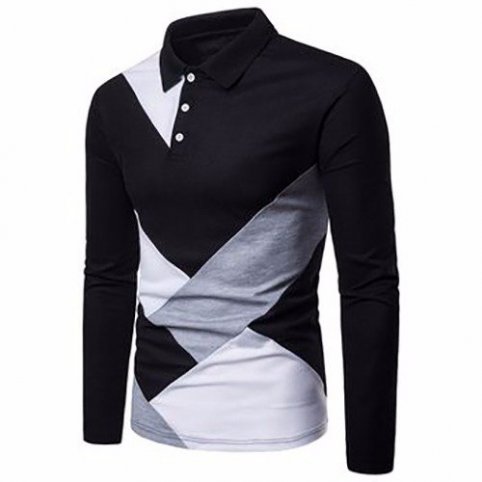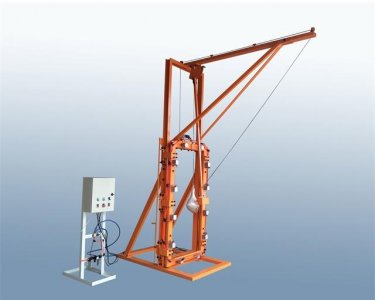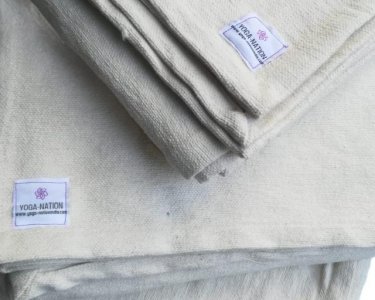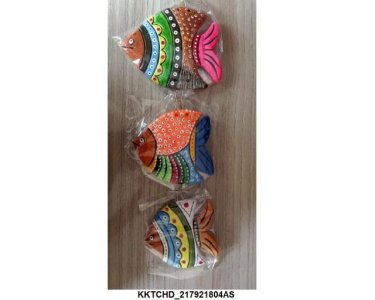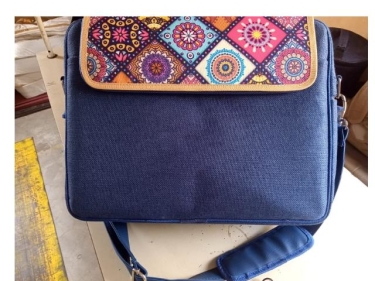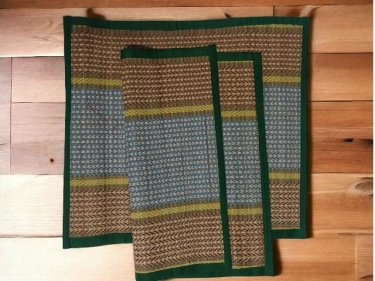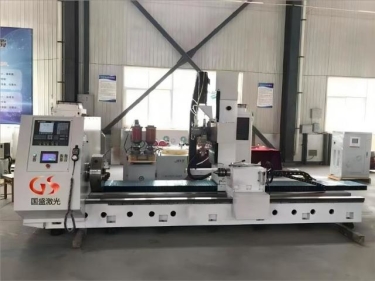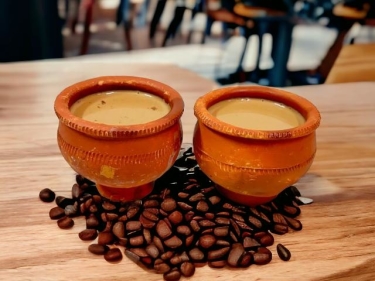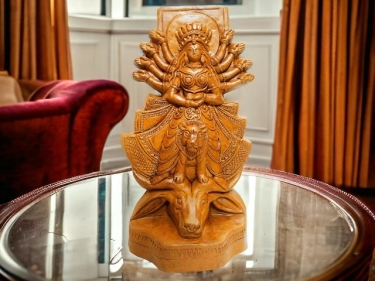Search Results for "faroe islands" in "Faroe Islands" on Export Portal
Active Filters
-
Keywords:
-
Country:
- Clear all
New Search
Couldn't find the product you want?
Fill out this form to request the product.
Customs requirements of Faroe Islands
Faroe Islands Customs
The Faroese Tax and Customs Authorities
Website: http://www.taks.fo/
Email: taks@taks.fo
Address: P.O. Box 2151 · Skálatrøð 20 · FO-110 Tórshavn, Faroe Islands
Tel: +298 35 26 00
Faroe Islands are an autonomous province, situated between the Norwegian Sea and the North Atlantic Ocean, approximately halfway between Iceland, Scotland, and Norway, and are considered a part of Northern Europe. Faroe Islands is a member of the Food and Agriculture Organization, the Nordic Council and other international organizations. The country has free trade agreements with the EU, Switzerland and Norway and Russian Federation. In addition, the Faroes and Iceland have established a common market which encompasses the free movement of goods, services, capital and labour.
Tariffs
Customs duties are applied on all goods imported into Faroe Islands, but there are also products exempted from taxes and duties. The Customs Tariff Nomenclature determines the rates of duty and tariff classifications. It is based on the international Harmonized Commodity Description and Coding System.
Import duty is calculated based on customs value. Customs value is determined according to the rules and regulations adopted by the Government of the Faroe Islands, pursuant to the stipulations in the agreement on the application of Article VII in the General Agreement on Tariffs and Trade.
Importers will also have to pay a VAT tax of 18%.
Invoices
Every invoice shall clearly state the nature of the products, their quantity and price.
On every invoice shall be stated the total number of pages and number of completed invoices belonging to the consignment.
On every invoice sould be indicated: package of goods, number of packages, mark, net and gross weight, originating country, and sales conditions (cif, fob, etc.).
The consignor confirms by endorsement that the invoice is correct.
On the invoice it must be clearly stated which of the articles are articles of origin.
Movement certificates
To obtain duty EEC-preference treatment a movement certificate must be made out.
Movement certificate EUR.1
The movement certificate EUR.1 is an independent formula. This formula has to be certified by the customs authorities in the exporting country.
Invoice declaration
The agreement makes it possible to use invoice declaration as certificate of origin. The invoice declaration can be done in two ways. It can be used by all exporters and it can be used by approved exporters.
An approved exporter can make out an invoice declaration irrespective of the value of the originating products, while a non-approved exporter can only use the invoice declaration if the consignment includes products of origin of which the total value does not exceed EURO 6000 (at present DDK 44.460).
An approved exporter has to have the approval from the customs authorities in the exporting country. In this connection an authorization with a belonging number will be made out. This number will be inserted in the text of the declaration of invoice as stated below. A non-approved exporter, who uses the declaration of invoice, may leave out the part of the text which is in brackets in the declaration or leave it open.
The wording in the EEC's invoice declaration
The exporter of the products covered by this document, (customs authorization No ...... (1)) declares that, except where otherwise clearly indicated, these products are of ... preferential origin (2).
Due to statistical considerations it is very important that the originating country (not only the EEC) of all articles is stated. When articles on one invoice originate in various countries this must also be clearly indicated.
Sources:
http://www.taks.fo/01440/01448/
http://www.taks.fo/01436/01443/01585/



